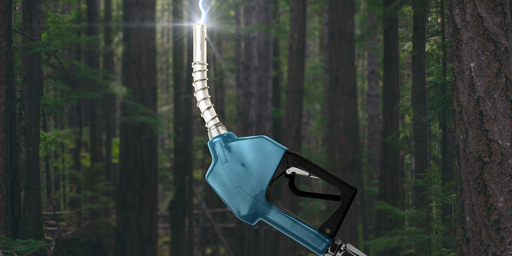Amazing stuff.
I don’t get it. For the average consumer, EVs as they exist right now are fine. Charging is generally 20 mins every 2-3 hours and only on road trips. Charging an EV at home is a trivial technical challenge. I understand that there aren’t chargers on street corners, but vehicles are rarely parked more than 20 feet from some kind of electrical service.
The idea of shipping liquid fuel in trucks and dispensing it out of hoses at special fuel stores is just silly. Rolling out that kind of infrastructure is unnecessary, and hydrogen has already showed that it doesn’t work. We only did it with gasoline because there was no other way.
I can see liquid fuel being useful in certain applications, but for the typical consumer, BEVs are the way to go.
The idea of shipping liquid fuel in trucks and dispensing it out of hoses at special fuel stores is just silly.
I don’t necessarily disagree with that but I hope you see that this type of infrastructure is exactly what we currently have and have proven to work.
It wouldn’t be that stupid to reuse an existing infrastructure that is already built. The issue with our current fuel infrastructure is that it is moving fossil fuel.
What I don’t get is how gasoline even has an infrastructure. It’s delivered by trucks. If you replace the manufacture and dispensing with new equpement, what infrastructure are you left with? Trucks?
It all relates to the density of energy in fuel.
Fossil fuel is so energy dense you can get away with pretty much any way to distribute/dispense.
what infrastructure are you left with? Trucks?
Trucks and most importantly thousands of strategically located gas stations. Even if you distribute a different kind and less dense energy I would argue it still makes sense to have spread out stations all over the place.
If we want to keep using our existing roads and highways we will need those stations even if they distribute something entirely different.



